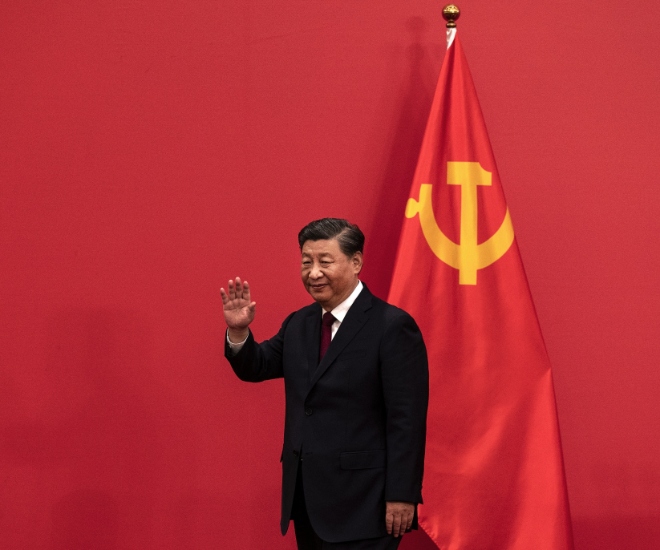
Extended periods of deflation, economic stagnation, a declining real estate market, financial pressure, and stress impacting households, businesses, and the state suggest credible parallels between today’s China and Japan in the 1990s.
China risks becoming an aging and heavily indebted country before it becomes a wealthy nation.

The Japanese population only began to decline in 2008, 20 years after the onset of its severe economic and financial crisis, the so-called “Lost Decade,” which was, in reality, a double lost decade. In comparison, China’s population began a significant decline in 2022. The very delicate issue for China is that the average income per capita was USD 12,800, whereas Japan’s was USD 29,470 at the time of its bubble’s collapse in 1991. Japanese households then had greater financial leeway compared to today’s Chinese households. Although both countries are experiencing a similar low birth rate of around 6.8 (per 1,000 inhabitants), showing a notable decline, this rate has decreased more rapidly in China (where those over 65 now represent 15 percent of the population) than in Japan.
Read More: Don’t Underestimate the Russian Economy

It is impossible not to mention the similarities between these two countries regarding the downturn in their real estate markets, which is the most significant economic sector in China, and whose slowdown is greatly hampering Chinese growth. Just as in the Japanese real estate crash of the 1990s, structural issues are also burdening the Chinese real estate sector, as the sector suffers from a collapse in demand, not from a cyclical correction or high interest rates. The fundamental vulnerability point is the collapse in land sales transactions that previously generated substantial revenue for governments and local provinces, which now have to go without this income.

Public debt is also predominantly held by citizens in both countries, with China’s debt (including household, business, and local government debts, but excluding the financial sector) around 300 percent of GDP, equivalent to Japan’s debt level in the 1990s.
Read More: China’s Economy: The Weakened Dragon

On the external front, the strategic competition between China and the United States is significantly more complex than the one between Japan and the U.S. 30 years ago. Indeed, it is not possible to draw parallels between Japan’s massive surpluses at that time, addressed by the Plaza Accord in 1985, and the U.S.-China tariff war that began in 2018, which has been exacerbated by a U.S. technological decoupling — even a boycott — presenting major challenges for China. Additionally, there is a strong trend of de-globalisation from which China has been suffering since 2008, while Japan benefited fully from the enchanted globalisation of the 1990s. In this regard, the Russo-Ukrainian war has notably accelerated the relocation of production chains out of China.

Finally, while Japan had considerable leeway in its monetary policy, with its key interest rate being over 8 percent in 1991, allowing it to cut rates to around 2 percent three years later to try to cushion the real estate collapse. Japan is also the very first nation to implement a zero-interest rate policy. China’s current interest rates, at around 3 percent, limit the potential positive impact of any monetary stimulus.

China thus appears to be on a path to “Japanification,” with — as rating agencies might say — a negative outlook (compared to Japan’s past) due to a significantly deteriorated internal and external environment compared to what Japan had to cope with in the 1990s.
For more on the author, Michel Santi and his exclusive opinion pieces like this one, visit his website here: michelsanti.fr
For more on the latest in global economic and business reads, click here.

